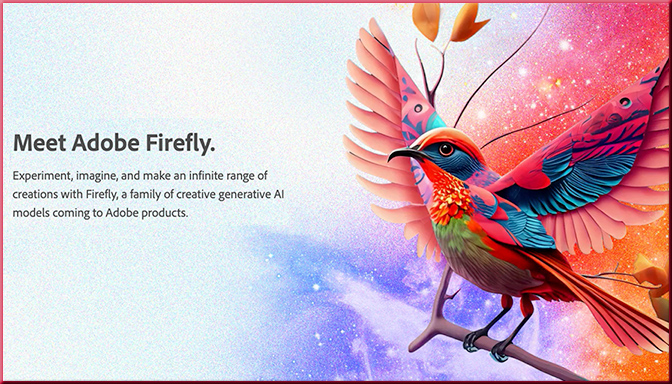What Will Determine AI’s Impact on College Teaching? 5 Signs to Watch. — from chronicle.com by Beth McMurtrie (behind a paywall)
One of the biggest challenges to navigate now is the fact that more digital tools will come with generative AI already embedded in them, says Annette Vee, director of composition and an associate professor at the University of Pittsburgh. “It’s everywhere in professional writing.”
“We need to be fundamentally rethinking ways we teach writing, so we are thinking about integrating tools mindfully,” says Vee, who helped develop a new resource, TextGenEd, that provides guidance in this area. “The real challenge is how do we teach courses that are preparing students and that are smart about generative AI? We have very few teachers currently equipped to do that work.”
“It’s best if there are real stakes attached to the work, for example, an authentic audience the student is writing to,” he writes. “A subject on which students have both sufficient interest and knowledge in order to feel as though they can write convincingly to this audience also matters a lot.”
Also relevant/see — via Robert Gibson on LinkedIn:
Learnt.ai — Built for Learning Specialists — from learnt.ai
Harness the power of artificial intelligence to enhance your learning and development efforts with our easy-to-use platform – no technical expertise required!
Introducing Learnt.ai – a revolutionary collection of AI-powered content generation tools and AI chatbots that are specifically designed to support the common writing tasks of educationalists and learning and development professionals. Imagine being able to generate learning objectives on any topic of your choice, create engaging icebreakers and activities, write assessment questions with ease, and so much more.
Also relevant/see:
An AI and higher education panel — from aiandacademia.substack.com by Bryan Alexander
Live notes
Today I took in a webinar on AI and higher education. The American Association of Colleges and Universities hosted “The AI Revolution: Transforming Higher Education for the Workforce of Tomorrow” and I’d like to share my running notes.
Also relevant/see:
Students’ Perspectives on Using AI — from er.educause.edu by Sarah J. Buszka, Jeremy Cortez, and Isabella Meltzer
Students are using artificial intelligence tools to assist them in their academic careers. Three students share their viewpoints on the tools they use and how using these tools helps them in their coursework and prepares them for the professional world.
Also relevant/see:
Why Professors Are Polarized on AI — from insidehighered.com by Susan D’Agostino
Academics who perceive threats to education from AI band together as a survival mechanism. The resulting alliances echo divisions formed during online learning’s emergence.









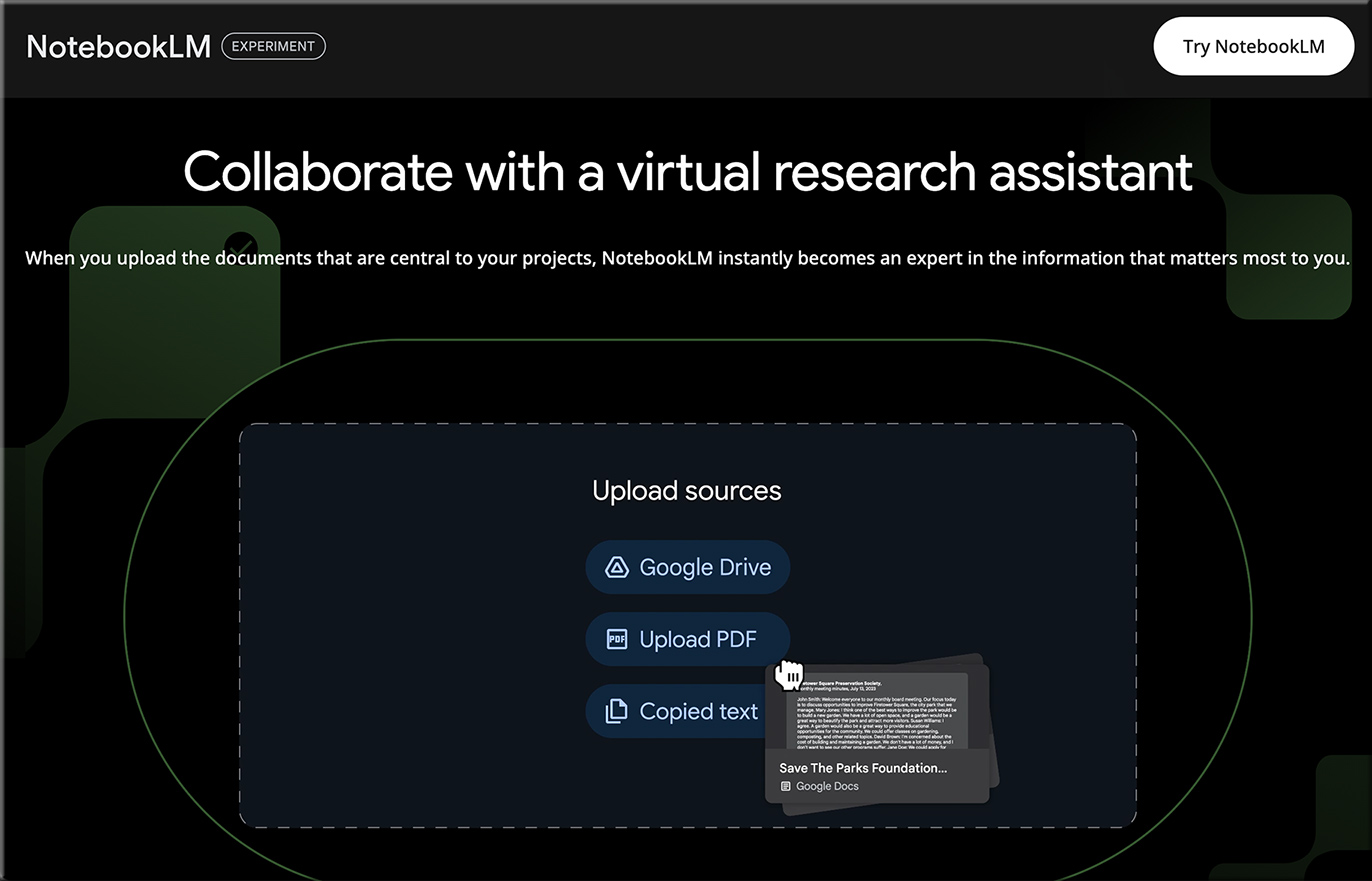
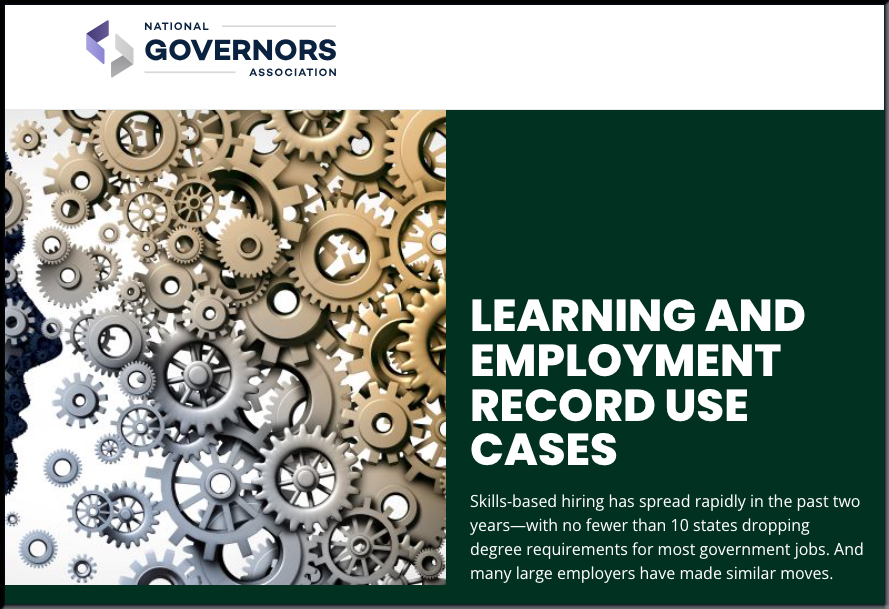
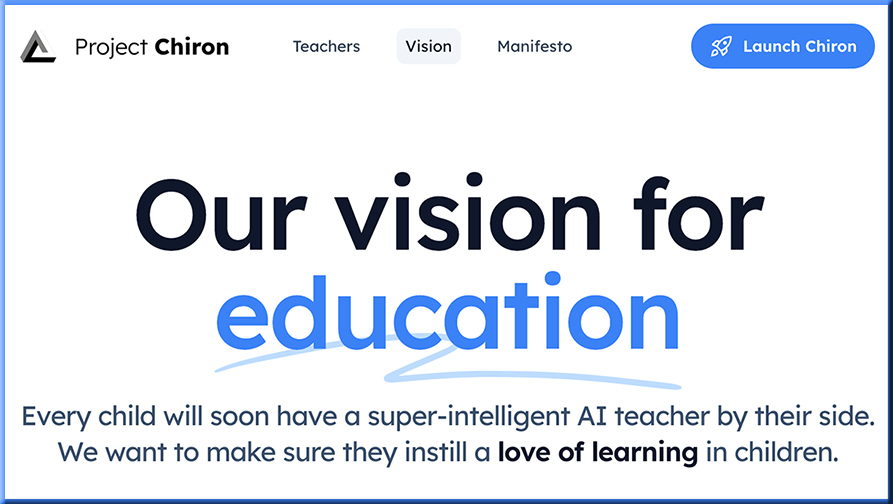
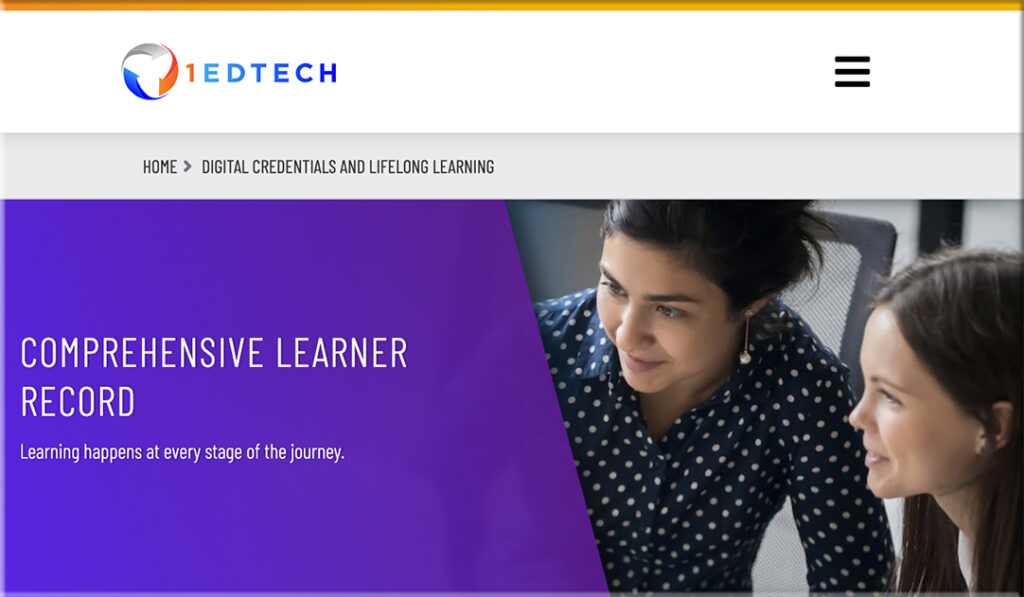

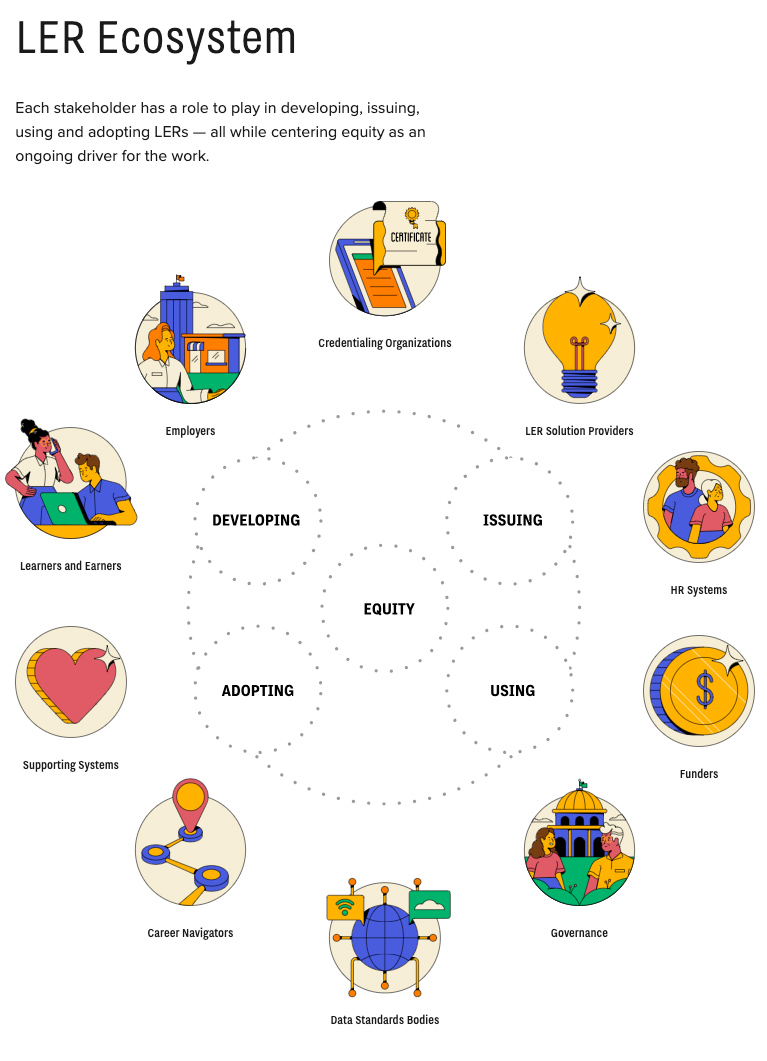

:format(webp)/cdn.vox-cdn.com/uploads/chorus_asset/file/24976021/Canva_Magic_Studio.png)
